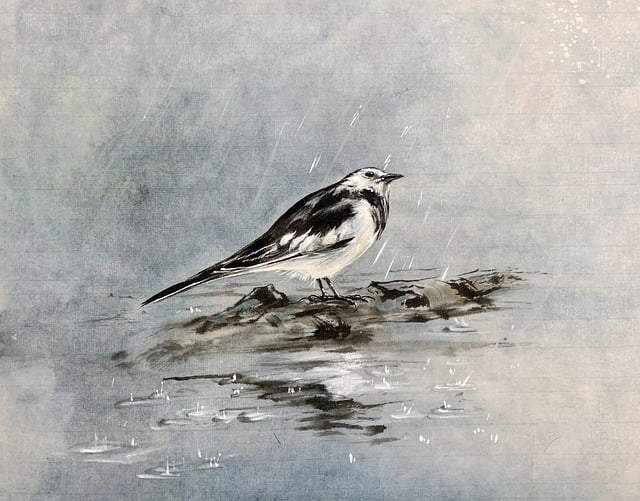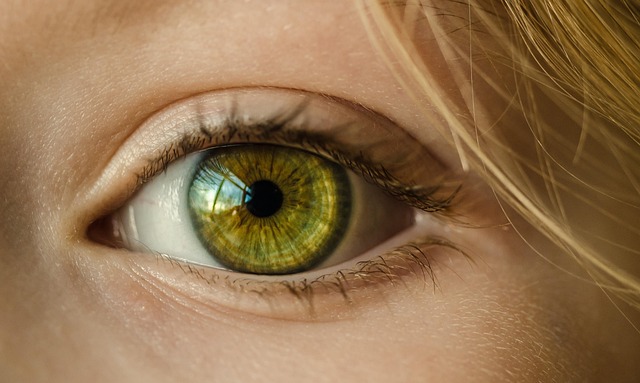Chinese painting, a revered tradition that dates back thousands of years, encapsulates a fascinating fusion of art and design. This timeless art form offers viewers both a visual feast and an emotional journey. The intricate brushwork, harmonious compositions, and rich symbolism provide a unique glimpse into the cultural heritage of China, allowing us to connect deeply with the aesthetics that have shaped societies over centuries.
At the heart of Chinese painting lies the profound philosophy of balance and harmony. Traditionally, the art form emphasizes the relationship between man, nature, and the universe—an idea vividly portrayed through landscapes, flora, and fauna. Through the innovative use of ink and color, artists create a world that is both mesmerizing and contemplative. The design elements employed in these paintings are carefully curated; each stroke of the brush is intentional, and every color chosen for its significance, contributing to the overall narrative of the piece.
The brushwork in Chinese painting is an art unto itself. The use of different pressures and angles generates a dynamic range of line quality, evoking emotion and movement within each piece. Artists often employ techniques such as ‘xieyi’ (freehand) and ‘gongbi’ (meticulous) to convey their subject matter effectively, allowing the interplay of spontaneity and structure to create depth. This technique highlights the beauty of imperfection, instilling the artwork with a sense of life and authenticity that resonates with the viewer.
Moreover, Chinese painting is deeply rooted in symbolism, often portraying scenes of prosperity, longevity, and harmony. Lotus flowers represent purity, while bamboo signifies resilience; such motifs are not merely decorative but carry profound meanings. This element of design invites viewers to reflect on the messages behind each image, forging a connection between the observer and the artist’s intent.
The evolution of Chinese painting over time reveals the adaptability of this art form. While traditional techniques remain prominent, contemporary artists are blending classical methods with modern themes. This fusion not only honors the rich history of the craft but also makes it relevant in today’s fast-paced world. As such, Chinese painting continues to inspire and influence various design spheres, from fashion to interior decor, providing a canvas for creativity that crosses cultural boundaries.
Engaging with Chinese painting is more than just appreciating its aesthetic beauty; it is an invitation to explore a world where art and design intertwine, fostering a greater understanding of both the artistic vision and the cultural context from which it originates. This enduring art form captivates audiences, encouraging them to embrace their creativity and discover the stories that lie within each brushstroke.



